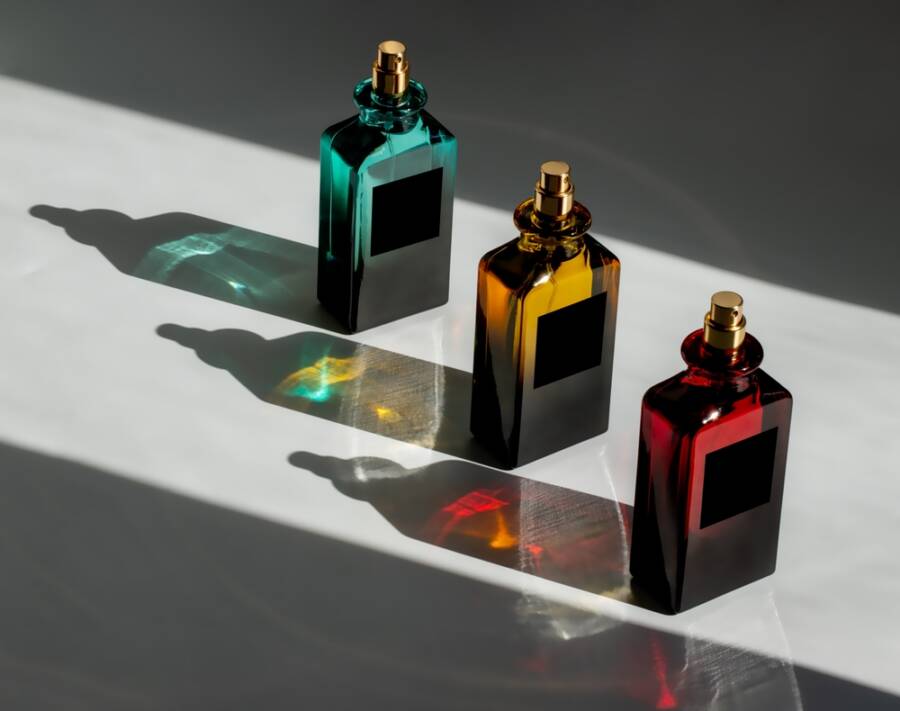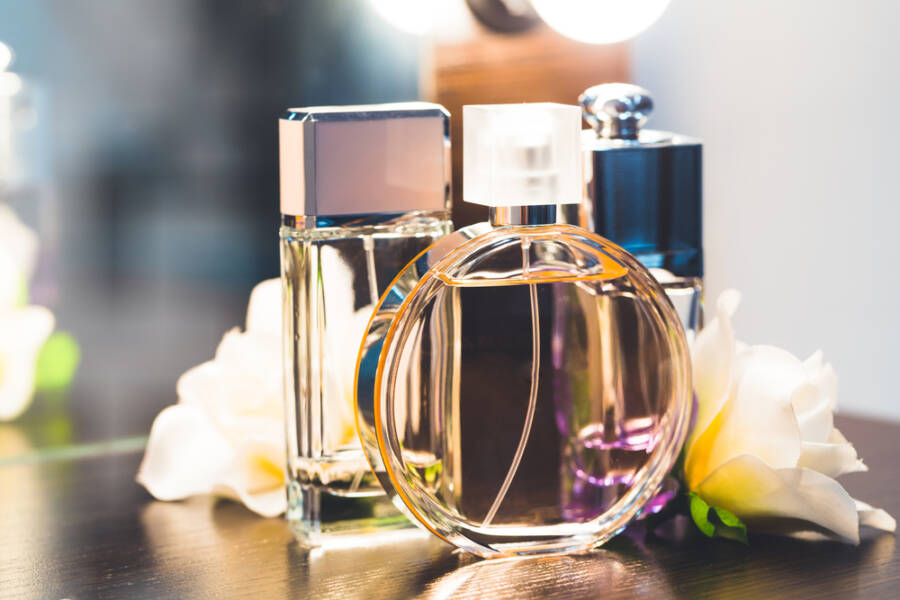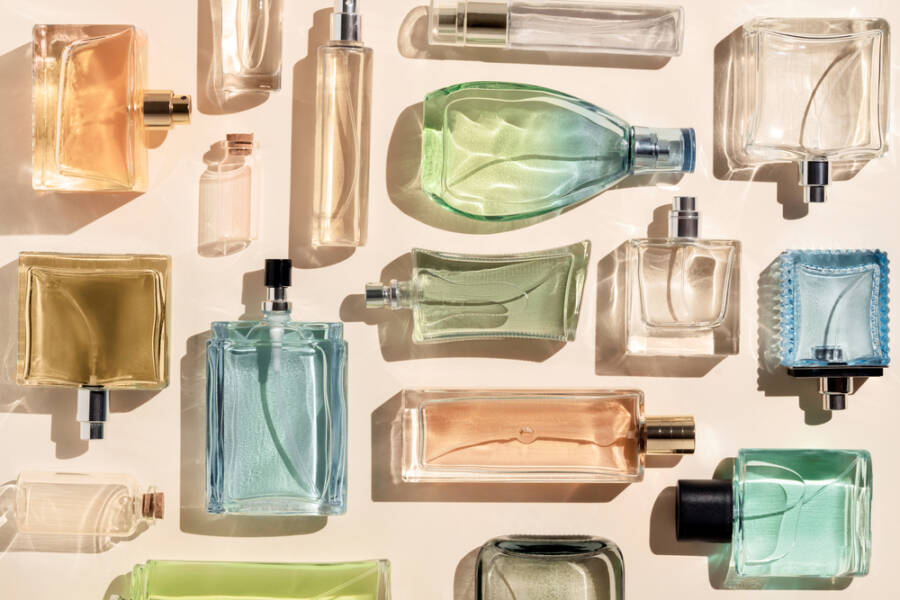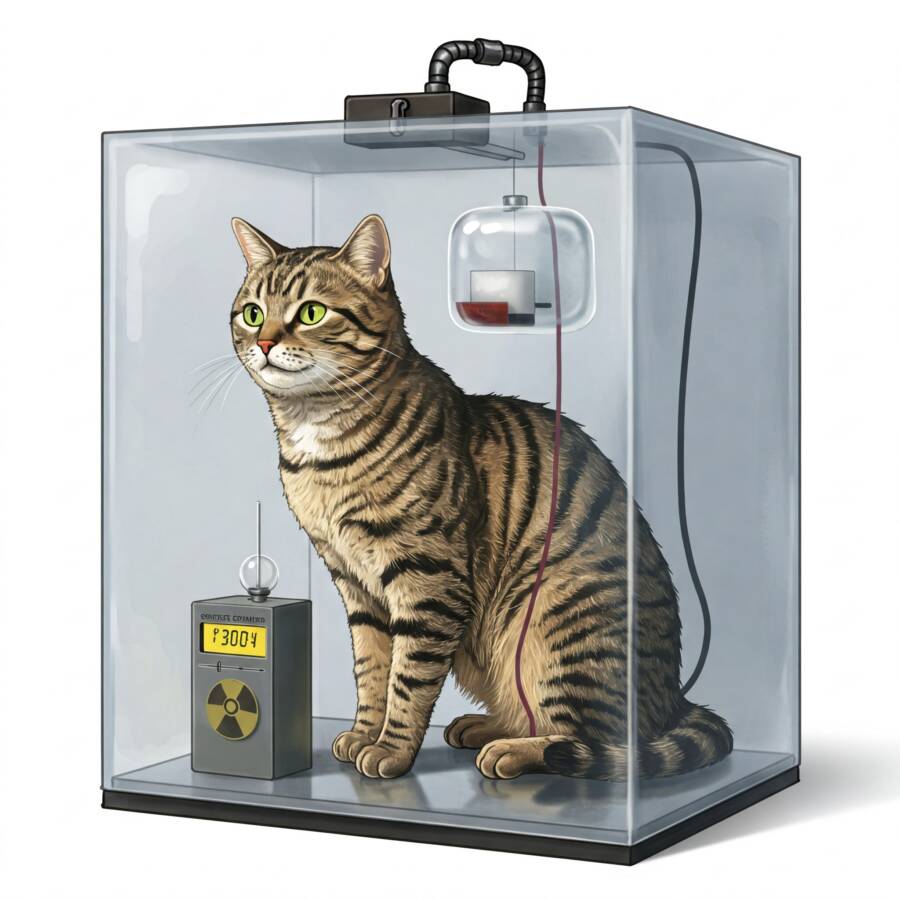Did you know that your gorgeous perfume could actually contain dangerous ingredients? Let’s take a look!
That niche or designer fragrance on your shelf might smell like luxury, but what if it’s hiding something toxic? Behind the sweet, floral, and elegant notes and the sleek, fabulous packaging, many popular perfumes contain dangerous ingredients that could be silently doing more harm than good. From allergens to hormone disrupters and—believe it or not—even potential carcinogens, particular perfume chemicals are raising major red flags in the scientific world.
Unlike skincare products or food, our favorite fragrances don’t have to disclose their full ingredient list. That’s pretty bad, don’t you think? That’s because “fragrance” is legally considered a trade secret. So, what does that mean? It’s a perfect black box of mystery chemicals.
If you want to learn more about skin irritation, potential long-term hormone disruption, and respiratory issues you could be experiencing after using too much perfume with dangerous ingredients in it, keep reading. Let’s shine a light on what’s really in the air when you spritz!

1. Musk ketone
Did you know that musk ketone is one of the most dangerous ingredients in perfumes? While synthetic musks mimic the smell of natural musk, they can’t break down easily. Unfortunately, this component accumulates in human fat tissue, and scientists have detected it in aquatic wildlife and even breast milk.
Since musk ketone suggests wide biological and environmental persistence, it has raised different concerns for its potential as an allergen and hormone disruptor. Even though researchers still need to study this chemical to understand its disruptiveness and side effects, they agreed that its ability to linger both in the body and the environment is a big issue.
Do you wear perfumes with musk in them? I have a couple at home, and I must admit—I now have second thoughts about using them…
2. Phthalates
Continuing with all the dangerous ingredients in your perfumes, it’s now time to talk about phthalates. If you love fragrances that last for hours and hours on your skin, you can thank phthalates for that, but don’t forget that it also comes with a cost.
Sadly, these strong chemicals are popular for being endocrine disruptors, meaning that they can quickly interfere with your body’s hormonal balance. According to studies, exposure to this dangerous ingredient has been linked to reproductive issues, developmental problems, and lower sp*rm quality.
Here’s the thing: even though these chemicals are banned in particular children’s toys, they’re still legally used in our favorite perfumes under the vague label of “fragrance.” Since plenty of companies aren’t required to list their ingredients individually, it’s hard for customers to know if their favorite spritz contains them—unless they choose brands that clearly specify “phthalate-free” on the label.

3. Benzyl alcohol
Benzyl alcohol is a common component in niche, designer, or mainstream perfume, often used as a lovely floral scent and a preservative. Besides its important usage, this dangerous ingredient can irritate your skin and eyes, especially in higher concentrations.
Believe it or not, this chemical is one of the 26 fragrance allergens that the European Union asks companies to label, but this standard isn’t available in every region. If you have sensitive skin, using perfume with benzyl alcohol could potentially cause redness, itching, and even dermatitis.
According to scientists, if you’ve ever had a rash from a fragrance, this could be the dangerous ingredient to blame.
4. Limonene
If you’re into fresh and zesty perfumes, you might be familiar with limonene. This citrus-derived compound gives your fragrance the sweet and fruity scent you love, but when exposed to air, it can easily oxidize and create sensitizing agents.
So, what does that mean? This dangerous ingredient is powerful enough to cause allergic reactions, especially in people suffering from asthma or those with sensitive skin. Even though many consider it “natural,” its interaction with ozone and other compounds indoors can also contribute to poor air quality.
While limonene isn’t inherently harmful, researchers are worried about its instability in particular conditions, which is why they consider it part of the ingredients you should watch out for when purchasing a new scent.
…Are you a fan of sweet aromas? Then you must know about the next dangerous ingredient! Keep reading to find out!
5. Coumarin
While coumarin gives fragrances the sweet and warm vanilla-y or almond-y aroma you love so much, let’s not forget that it is not the best choice for your skin. Naturally found in cinnamon, tonka beans, and other botanicals, this ingredient is known for causing skin sensitivity and allergic reactions.
But that’s not all: if used in large quantities, this dangerous ingredient can become toxic for your liver. While coumarin is forbidden in food products in some countries, the fragrance industry is different, and you can find it in a plethora of perfumes.
Do you think your fragrance has this dangerous ingredient in it? Let me know in the comments below!
6. Geraniol
If you like rose-scented fragrances, you must know about geraniol! While it’s a naturally occurring compound in citronella, rose, and geranium oils, geraniol is a dangerous ingredient and shouldn’t be ignored.
Commonly used for its floral and rosy aroma, let’s not forget that it’s also known as a strong skin allergen, causing dermatitis, irritation, and even photosensitivity in some people.
Sadly, since this dangerous ingredient is plant-based, many people assume it’s natural and it doesn’t cause harm, but don’t be fooled. Even the most beautiful roses have thorns, right?

7. Linalool
Linalool is a common ingredient found in more than 60% of scented products, giving perfumes that lovely floral, lavender-like scent we all enjoy. It’s naturally derived, which makes people think that it’s a safe bet, but here’s the thing: this one reacts with air, which means it might turn into a potential allergen for some people. This can lead to irritation, like redness, itchiness, and flare-ups, especially for those with sensitive skin.
While linalool is one of the 26 fragrance allergens that need to be regulated in some areas, like Europe, many products don’t always label it clearly. So, if you’ve ever experienced unexplained irritation from a product that claims to be “natural” or “gentle,” linalool oxidation might be what’s behind it. Remember that it is always good to check the labels! Better safe than sorry, right?
8. Alpha-isomethyl ionone
Continuing with the dangerous ingredients found in your favorite perfumes, it’s now time to talk about alpha-isomethyl ionone. Praised for contributing to that classic, elegant, and gorgeous iris or violet scent, it’s a strong allergen, so be careful, because it can easily cause eye or skin irritation.
Experts say this one isn’t as controversial as some hormone disruptors, but it can be a real problem for those with eczema or fragrance sensitivities. If you’re allergic to alpha-isomethyl ionone, you’d better check out the labels for other products, too, such as body lotions and hair shampoo, and conditioner, because you’ll increase the chances of daily exposure.
Takeaway
Even though spraying some perfume makes us feel confident, stylish, and put together, let’s not forget that their hidden chemicals can sometimes cause more harm than good. From hormone disruptors to strong allergens, understanding what’s behind the most iconic scents will help you make safer and still elegant choices.
Make sure you always check labels, choose more transparent and cleaner brands if you have the option, and don’t forget that what you spray on your skin doesn’t just fade; it can stay with you for longer than you think.
If you want to understand more about the world of perfume, here’s a book you won’t want to miss! Until next time, make sure you also check out this post from Science in the World! You’re going to love it: 7 Easy Scientific Experiments to Try With Your Grandkids














